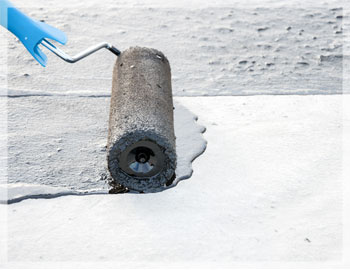Places In Your Home to Waterproof
Warm weather is here and with the seasonal change comes rain. Unfortunately, for homes that aren’t fully waterproofed, water damage may result. Over time, it can cause mold buildup, decreased property value and damaged possessions.
 Before your property reaches this point, make sure all key areas are waterproofed. Where should you start?
Before your property reaches this point, make sure all key areas are waterproofed. Where should you start?
Gutters
A clogged downspout leads to backups, which then overflow. The water that falls down damages your home’s bricks and mortar.
Cracked Concrete
Water that gets into these cracks often exacerbates the problem, especially if it freezes and expands. Here, work with a professional to have the smaller cracks (under a quarter of an inch) caulked and apply concrete patches to anything larger.
Brickwork
Believe it or not, brickwork that’s not properly sealed allows moisture into your home. At the same time, it also means heat is escaping your home in the winter. Long term, you’ll end up saving on your heating bills come winter.
Basement
While moisture can accumulate in the basement causing mold to form, moisture also rises from this lower level of your home. From here, it moves through the masonry and gets trapped in your walls, until it can no longer migrate up, resulting in water damage. Because of this risk, it’s recommended that you damp-proof your basement, especially if your property is older.
Roof
Make sure your roof is fully insulated, especially as the area around the flashing may leak, resulting in water entering your home. But that’s not all you need to worry about: Missing tiles and shingles also allow moisture to seep into your property.
Crawl Spaces
Homeowners forget about these areas until they develop a musty odor. When wet, crawlspaces turn into a haven for mold and mildew. Once it’s waterproofed, this spot can be out of sight and out of mind.
Considering waterproofing for your Connecticut home? Work with M. Brett Painting to get the job done. To learn more about our services, give us a call today.
